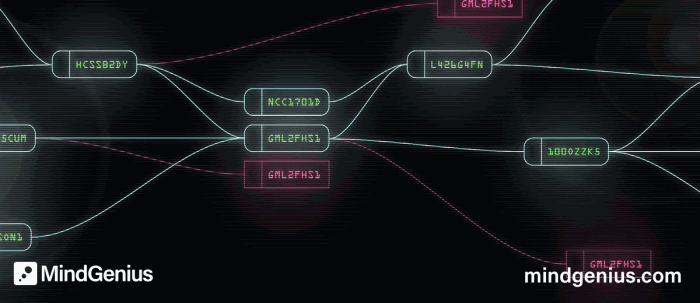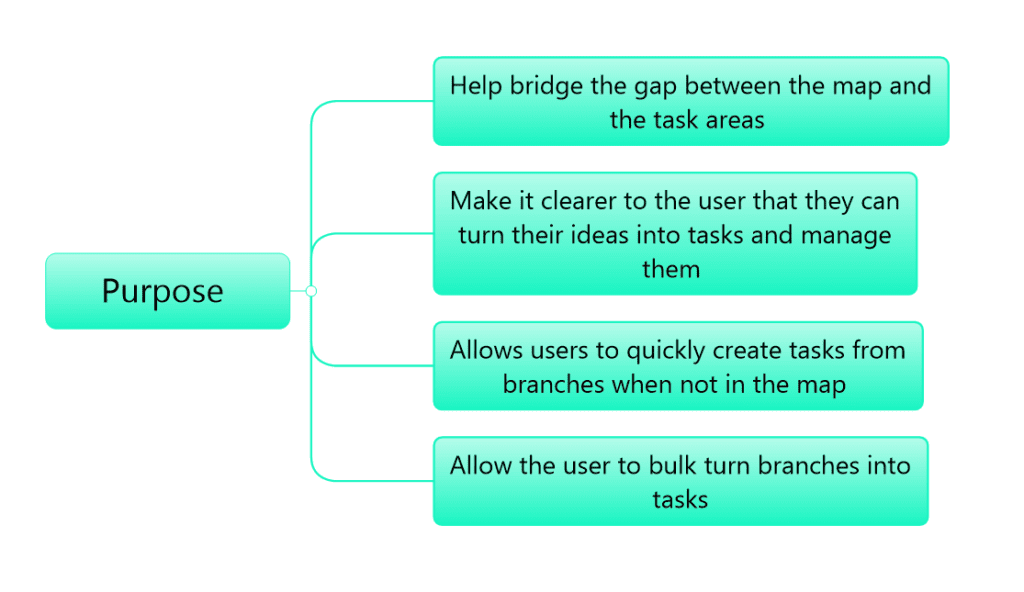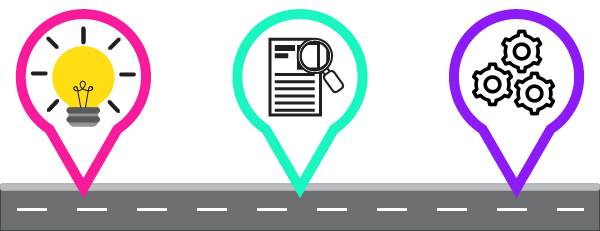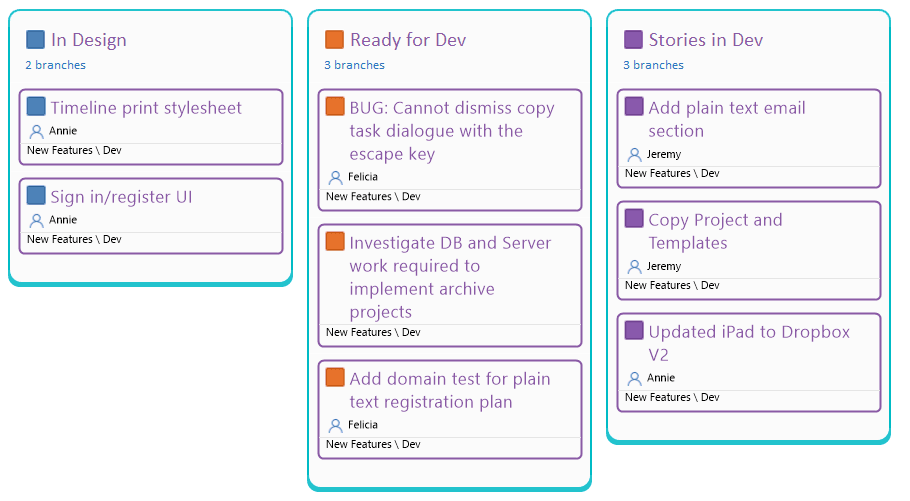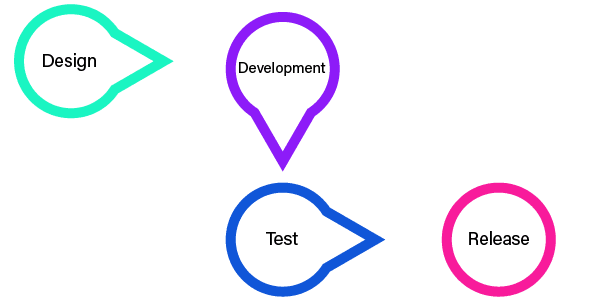This post will give an overview of how to understand, breakdown and plan out new product features before you go on to implement them.
There are 3 main stages to how to deliver a new product feature:
– Clarify what you need to do
– Plan out how you are going to do it
– Deliver it
This post will cover the first two points.
The importance of these first two points can’t be underestimated. They allow us to understand what the new feature needs to be and how it helps solve user’s problems. It also lets the Development team agree on how they will implement it and if there are any risks they need to address ahead of time. It’s important to spend time collaborating and reviewing plans to help keep everyone on the same page. Conversely, whenever you skimp on the first 2 parts that’s when things go wrong.
Start with a Product Road Map
 Take time to map out and review the following:
Take time to map out and review the following:
What’s the purpose of this feature and what use cases do we need to solve?
This is where you gain clarity on what it is you are going to do and why. Hopefully, this should be fairly clear already but it’s always a good idea to take the time to ensure it still makes sense and is clear to everyone. Ideally you are strengthening an existing product use case or opening it up to new use cases. Be wary of just slapping features on for the sake of it. For that reason, the importance of this step can’t be underestimated.
Sometimes a feature can seem like a really great idea, but when you take the time to rationalize it and see how it fits in to your product and helps users, it might not be so great.
Capture and collate any information you have on why you are doing this. This can be a mix of stuff in your head, links to customer requests, links to road map supporting information and just general brainstorming of the problem. Once you are clear on the purpose, you can map out the use cases you are going to deliver.
Some features can have a few use cases, others can have lots. It’s important not to get distracted with the nice to have things. Make sure you come away with a clear view of the ones you want to address and don’t get bogged down in being all things to everyone, as that will complicate decisions you need to make later on.
By this point you will have clarity on what you need to deliver and you can move on to planning it out.
Now to Plan It Out

It can’t be underestimated how important it is to keep everyone on the same page at this early stage through good communication. Doing so makes everyone feel like they are in the loop and minimizes surprises and rework due to lack of communication. You need to make sure you are going to hit your target and it matters at this stage more than any other.
In the planning phase, you should aim to answer the following questions:
Are there any red flags or risks?
At this point it’s a good time for the tech leads of your project to raise any technical red flags and investigate or prototype around the problem areas. De-risking the project as early as possible can help prevent the worst kind of surprises from raising their heads later down the li
What user stories do we need to implement?
Finally, start to breakdown the feature in to user stories. User stories give developers an easier to digest specification format. The developers like it too!
Moving to Delivery
 Once you are happy with the user stories and have agreement from stakeholders (remember to keep people in the loop!) turn the stories in to tasks and move them to the Development Backlog ready to feed into the Development board as required.
Once you are happy with the user stories and have agreement from stakeholders (remember to keep people in the loop!) turn the stories in to tasks and move them to the Development Backlog ready to feed into the Development board as required.


